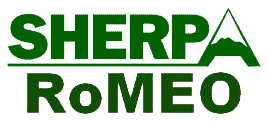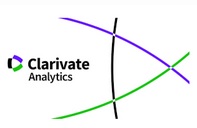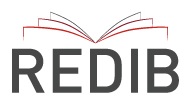New Perspectives: Towards an Integration of the concept "burnout" and its explanatory models
Abstract
During the last 30 years, as the concept "burnout" has evolved, multiple definitions and models of the concept "burnout" have appeared and been used to account for the phenomenon of the burn out syndrome. However, none of these has tackled the phenomenon from an integrating perspective. Based on the historical evolution of the the concept "burnout" and on the study of the different models that try to account for it, we propose a more global definition of the term together with a more parsimoniuos explanatory model of the burn out syndrome. From our point of view, in a definition of "burnout" we need to highlight the subject's expectations, his/her concept of equity, and the quality of his/her interpersonal relations. We belive that the burn out syndrome is the result of unfulfilled expectations which leads to demotivation and robot-like behaviour. When explaining the syndrome, we need to consider that the individual owns a set of inputs that simultaneously undergo a series of personal and working stress factors that interact resulting in an output that will lead to the appearance of burnout.Downloads
The works published in this journal are subject to the following terms:
1. The Publications Service of the University of Murcia (the publisher) retains the property rights (copyright) of published works, and encourages and enables the reuse of the same under the license specified in paragraph 2.
© Servicio de Publicaciones, Universidad de Murcia, 2022
2. The works are published in the online edition of the journal under a Creative Commons Reconocimiento-CompartirIgual 4.0 (legal text). You can copy, use, distribute, transmit and publicly display, provided that: i) you cite the author and the original source of publication (journal, editorial and URL of the work), ii) are not used for commercial purposes, iii ) mentions the existence and specifications of this license.
This work is licensed under a Creative Commons Attribution-ShareAlike 4.0 International License.
3. Conditions of self-archiving. Is allowed and encouraged the authors to disseminate electronically pre-print versions (version before being evaluated and sent to the journal) and / or post-print (version reviewed and accepted for publication) of their works before publication, as it encourages its earliest circulation and diffusion and thus a possible increase in its citation and scope between the academic community. RoMEO Color: Green.















